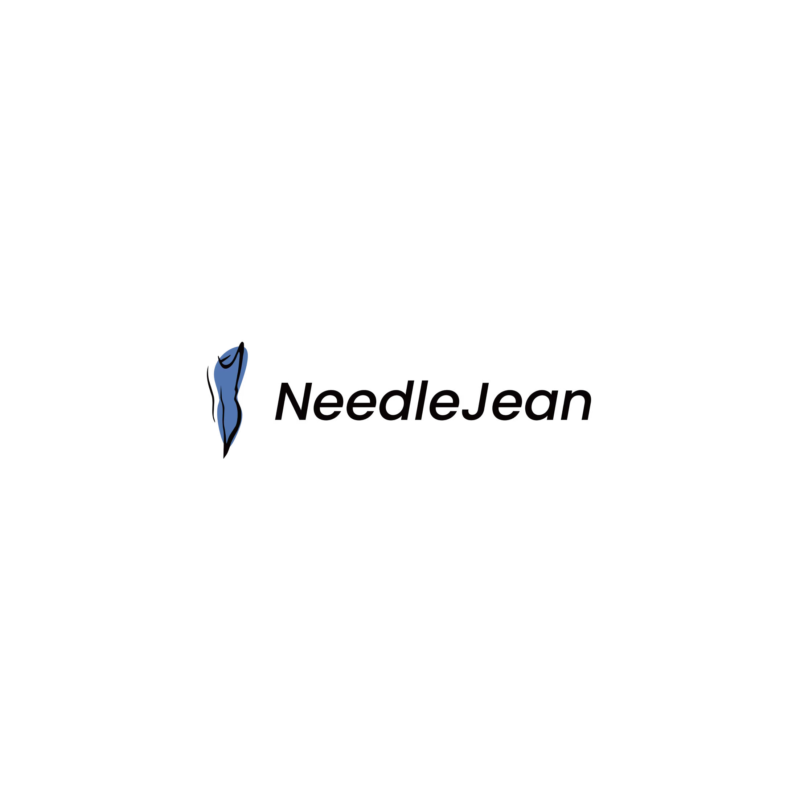WHAT IS SILK SCREEN PRINTING?
Screen printing is by far the most common method of textile printing. The garment is positioned underneath a wood frame that is fitted with a porous mesh or silk screen overtop a stencil or design. Ink, dye, or paint is applied using a squeegee, allowing the color to penetrate the screen and into the garment. This process allows you to print on light or dark colored fabrics with the same level of visibility. This method is most popular for hobby designers as it allows a great deal of flexibility and a professional-looking final product without a huge commitment. Here are the pros and cons of silk screen printing:
THE GOOD
- Cost efficient in large quantities
- Consistent & easy to replicate
- Versatile; ideal for shapes, text, or patterns
- Flexibility in size, color, position, and shape
THE BAD
- Labor intensive & time-consuming
- High start-up cost; costly in small quantities
- Photos & graphics may not turn out
- Each color applied separately

WHAT IS DIGITAL PRINTING?
Digital printing, often called direct-to-garment or direct-to-fabric printing, is the process of applying designs, patterns, or photos directly onto a garment or roll of fabric using an inkjet printer. Patterns are designed on a computer, allowing designers to completely customize their design before it even touches the fabric. Depending on your design, you can choose between printing your pattern onto the roll of fabric or printing the pattern directly onto the final garment. Printing is extremely precise and the inks are designed specifically for each type of fabric, making it easy for designers to implement intricate designs or photos onto a variety of fabrics. Here are the pros and cons of digital fabric printing:
THE GOOD
- Precision
- Consistency
- Quick to produce
- Completely customizable
THE BAD
- Delicate
- Expensive in large quantities
- Time-consuming to produce design
- Positioning is limited
WHAT IS SUBLIMATION?
Sublimation is a type of transfer printing that involves the use of heat to apply a water-based ink to fabric. Designs are printed onto a special type of paper and then pressed onto the fabric using heat. This allows designers to print vivid, full-color graphics, photos, and artwork onto fabric quickly and precisely. Sublimation is ideal for graphic tees and other similar designs, but not great for patterns or smaller designs. One major drawback is that it doesn’t work on cotton, making it best suited for polyester or other synthetic fabrics like those used in athletic wear. Here are the pros and cons of sublimation:
THE GOOD
- Quick to produce
- Durable
- Vivid and precise designs
- Completely customizable
THE BAD
- May fade over time
- Expensive
- Only used on synthetic fabrics
- Positioning is limited

WHAT IS HEAT TRANSFER/VINYL PRINTING?
Transfer printing is similar to sublimation in that it involves the use of heat to apply a printed design directly onto fabric. However, transfer printing often uses vinyl rather than ink, limiting the flexibility and detail in the designs. It is one of the most widely used fabric printing techniques in the world because it’s extremely cost-efficient, making it easy to print the same logo or message onto thousands of t-shirts or other garments. The colors are vibrant, making it easy and quick to print full-color images onto both light and dark fabrics. Here are the pros and cons of transfer printing:
THE GOOD
- Extremely cost-effective
- Vivid, precise designs
- Completely customizable
- Quick to produce
THE BAD
- Prints can be delicate or fade easily
- Colors cannot overlap
- Expensive start-up cost
- Prints are thick & do not breathe
There’s a lot to textile printing, and it’s just one part of the development process. Download the we use with all of our clients to see everything you’ll need to get started – and we’ll throw in our costing template, fabric & trim directory, and development too.
